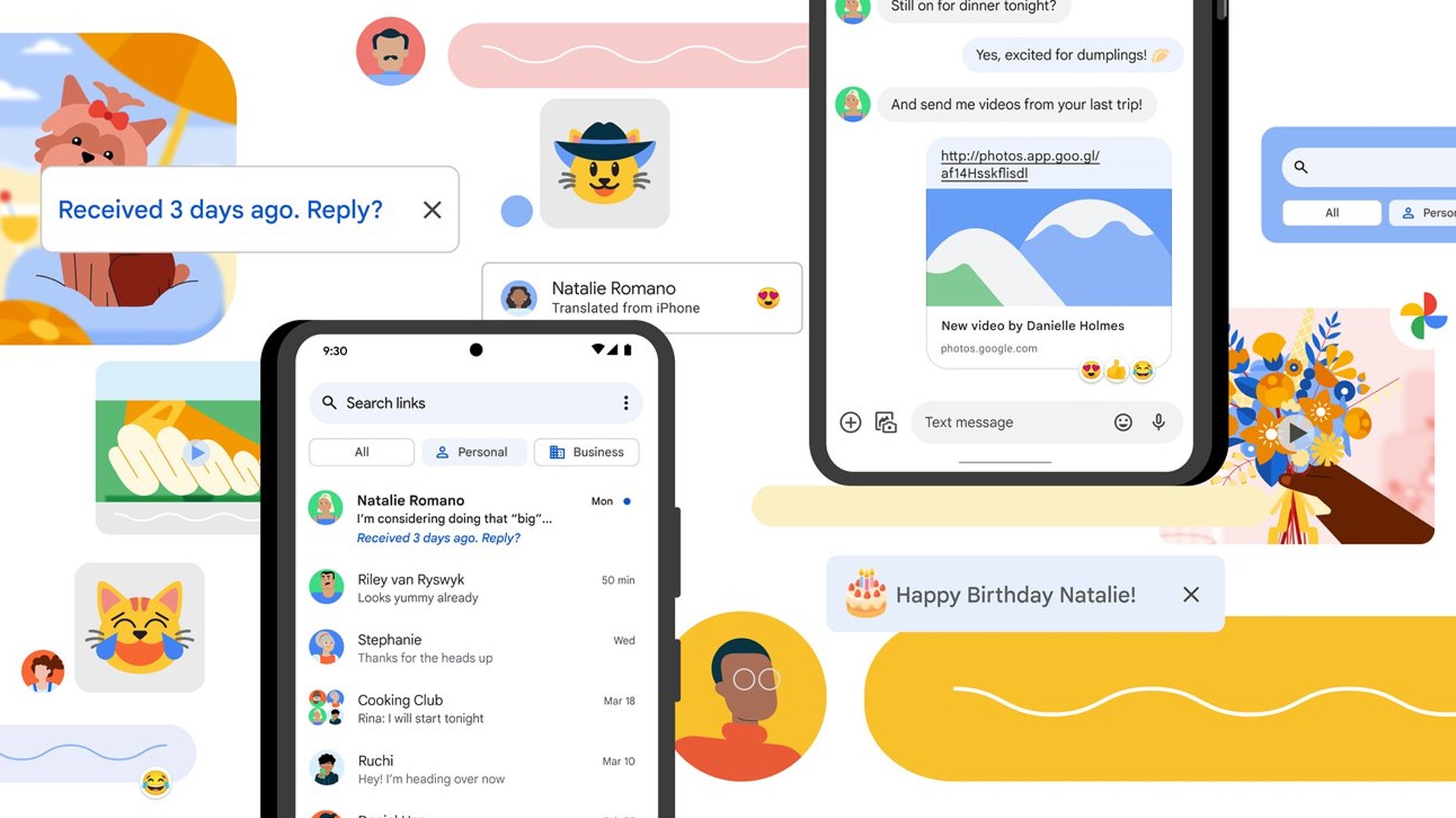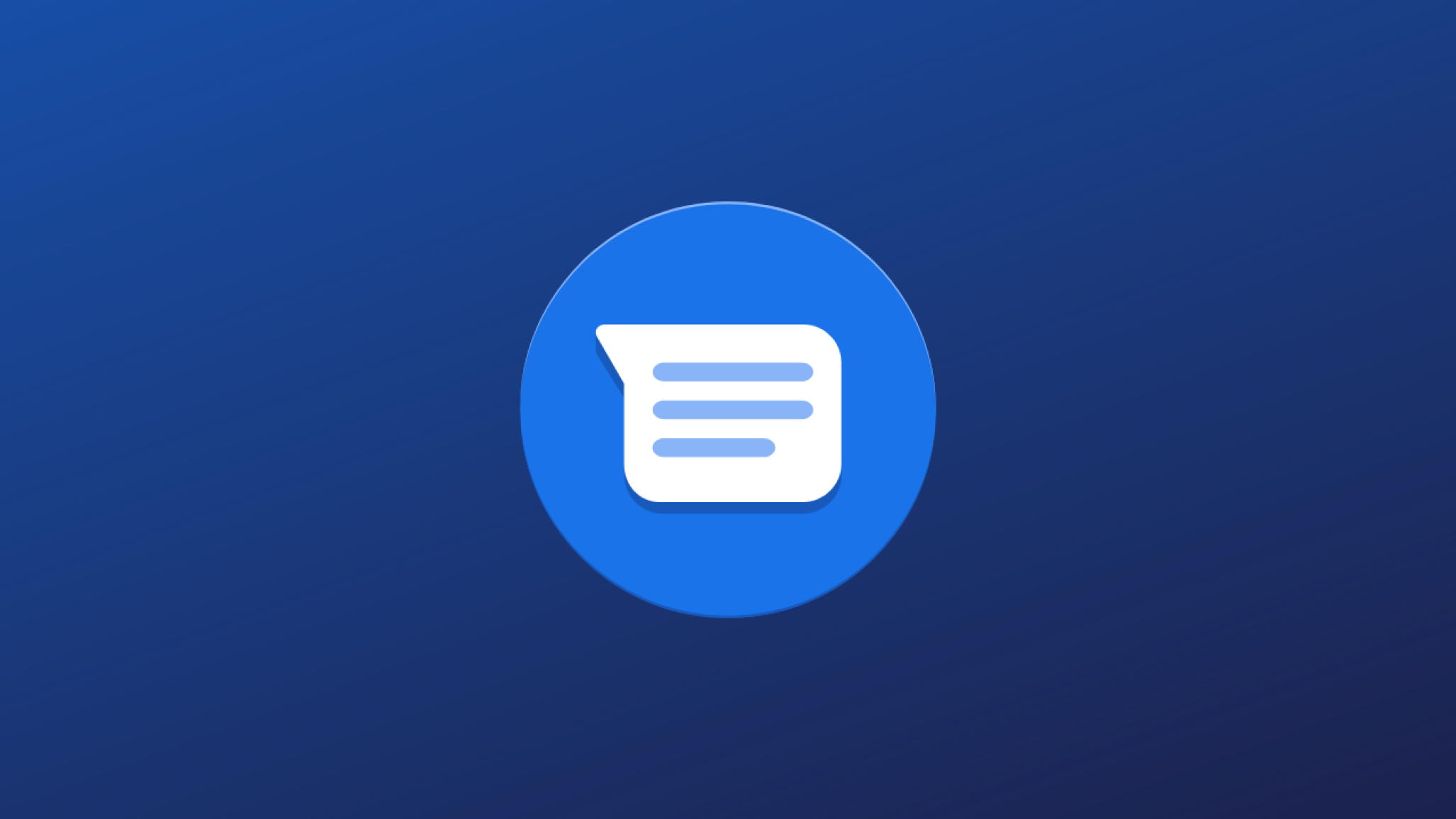What is RCS messaging? The iMessage rival and SMS text replacement explained
What does RCS messaging mean and what can it do?

RCS – or Rich Communication Services to give it its full name – is a messaging protocol that’s designed to be far more modern and secure than SMS. So if you’re still texting with SMS then it’s worth knowing about – and probably worth using.
2023 was a big year for RCS too, and 2024 is set to be as well, because not only has Google made RCS the default option for Google Messages, but now Apple has announced that it will support RCS from some point in 2024. That’s a big deal, because until now the company had resisted this upgrade on the humble SMS.
Below, you’ll find a detailed explanation of what RCS actually is, why it’s better than SMS, and which phones support it – including the situation with Apple.
What does RCS stand for?
RCS stands for Rich Communication Services because it provides a ‘richer’ (read: better) communication experience compared to traditional SMS or MMS messaging. The messages are sent using the Rich Communication Services protocol over Wi-Fi and mobile data.

What is RCS messaging?
So what does RCS being an upgraded version of SMS and MMS messaging mean practically? The biggest improvement is that RCS messaging lets you send high-resolution images, videos, and GIFs. On top of that, you can send a variety of different file types as well as the usual text-based messages. For all these kinds of messages, you can also use read receipts – little notifications that appear beneath what you’ve sent to show when it’s been delivered, and when it’s been read. Another helpful feature that comes with using RCS is that you can see when someone else is typing.
Most recently Google has added improved end-to-end encryption for RCS messages sent using its Google Messages app. Now whether you’re messaging one-to-one or in a group chat, if everyone is using RCS you’ll be able to benefit from improved privacy.
If you think all of this sounds like features you can find in messaging apps like WhatsApp or Apple's iMessage then you’d be right. Google isn't breaking any new ground. That said, because RCS is a messaging protocol rather than a messaging service there's a chance that we might see WhatsApp, or other messaging apps, add RCS support in the future.

Which devices work with RCS?
Currently, if you want to send and receive RCS messages you’ll need the Google Messages app which is only available on Android devices like the Google Pixel 8, Samsung Galaxy S24, and other best Android phones among others.
You’ll also need to be sending and receiving messages in a supported region – for Google Messages that’s pretty much worldwide except for a few exceptions (such as China and Russia).
If you have an Android device and are in a supported region but you don’t have the Google Messages app, you can download it from the Play Store for free to start sending RCS messages.
From some point in 2024, RCS will also work on iPhone, though the company hasn't got more specific about when. Google has been trying to bring Apple and iMessage over to RCS for a long time, but it's likely happening now because of some impending legislation in the European Union that would have required Apple to support RCS anyway.
Sign up for breaking news, reviews, opinion, top tech deals, and more.
At least, that was the initial assumption, but more recently John Gruber writing for Daring Fireball has claimed that it's more likely due to an impending law in China, which would require 5G phones to support RCS.
In any case, RCS will exist separately from iMessage – which has many of the same features anyway – on iPhone. What it means though is that Android users and iPhone users will be better able to communicate over text, with those on Android being able to get things like read receipts from iPhones, and being able to share high-resolution photos and videos across platforms.
If you were hoping this would mean the end of Android messages showing up in green chat bubbles on iPhone though, you're out of luck, as Apple has confirmed that these green bubbles will remain, with iPhone messages being in blue.
Incidentally, Nothing (the makers of the Nothing Phone 2) recently attempted to bring iMessage and blue bubbles to Android, through a new service called Nothing Chats, but following security concerns the app was 'temporarily' shut down. This all happened right before Apple's RCS announcement, and now following that it looks unlikely that Nothing Chats will return.
A similar service available more widely to Android devices called Beeper Mini also launched around the same time, and has similarly shut down.
How to turn on RCS Messaging
If you have the Google Messages app you don’t need to turn on RCS messaging, it’s now turned on by default for all new and existing users. That is unless you’ve turned it off manually in your Messages settings.
To find your Settings and turn RCS on or off manually open the Messages app and tap on your profile picture in the top right corner; the top option should be RCS Chats and if you press it you should see if RCS chats are turned on, alongside settings like read receipts and typing indicators.
It's not clear yet how RCS will be enabled on iPhone, but we should learn more when the feature launches, sometime in 2024.

Has RCS replaced SMS?
Not completely, but it is now the default for Google Messages unless you manually switch it off. You’ll also have the option to use SMS if you don’t have access to a strong enough Wi-Fi or data connection.
Do RCS messages use mobile data?
Unless you’re connected to a Wi-Fi network then yes, your RCS messages will most likely be using your mobile data. This means that rather than eating through your text allowance you’ll instead be burning through your data limit.
Some carriers, like Google Fi, offer contracts that don’t count RCS messages against your data limit while others do – you’ll have to look at your own phone contract to know if they count against your allowance or not.

Hamish is a Senior Staff Writer for TechRadar and you’ll see his name appearing on articles across nearly every topic on the site from smart home deals to speaker reviews to graphics card news and everything in between. He uses his broad range of knowledge to help explain the latest gadgets and if they’re a must-buy or a fad fueled by hype. Though his specialty is writing about everything going on in the world of virtual reality and augmented reality.